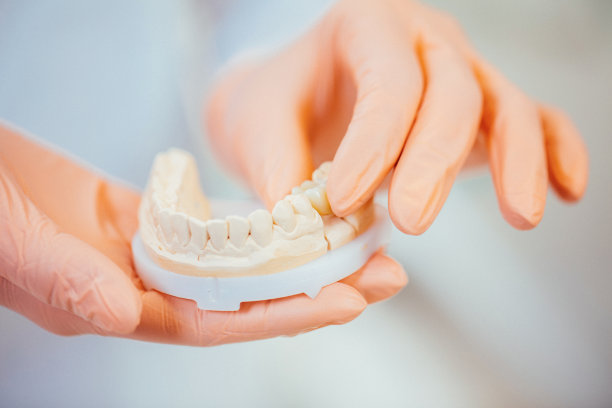Essential Guidelines to Ensure Safety and Effectiveness During Root Canal Treatment Procedures for Optimal Dental Health
Summary: Root canal treatment is a crucial procedure that significantly impacts dental health. Maintaining safety and effectiveness during the process is essential for positive outcomes. This article outlines four essential guidelines—patient assessment, proper equipment usage, infection control, and post-treatment care—to ensure successful root canal procedures. Each guideline emphasizes the importance of thorough preparation and execution, which contribute to optimal dental health. By adhering to these principles, dental professionals can minimize risks, enhance the patient experience, and achieve long-lasting results. Overall, these guidelines serve as a roadmap for both practitioners and patients, highlighting the importance of teamwork in achieving effective and safe dental treatments.
1. Importance of Patient Assessment

Before initiating root canal treatment, a comprehensive assessment of the patient is vital. This includes a complete medical history, which helps identify any underlying health issues that may affect the procedure. By understanding the patients overall health, dentists can tailor their approach accordingly, ensuring that any underlying conditions are managed effectively.
The assessment also involves a thorough dental examination. Utilizing digital X-rays can provide a clearer insight into the condition of the affected tooth and surrounding anatomy. This detailed imaging aids in surgical planning and helps the dentist ascertain the extent of the damage, leading to a more informed treatment strategy.
Furthermore, patient communication is necessary during this assessment phase. Establishing rapport allows patients to express their concerns and expectations about the procedure. This two-way dialogue fosters trust and ensures that patients are adequately informed about what to expect, thereby enhancing their comfort and cooperation during treatment.
2. Utilization of Appropriate Equipment
The effectiveness of root canal treatment largely depends on the utilization of appropriate equipment. High-quality instruments such as rotary endodontic files improve efficiency and precision in cleaning the root canals. These tools help in effectively removing infected tissue and shaping the canal, contributing to a successful result.
Moreover, advancements in technology have led to the development of apex locators and obturation devices. Apex locators assist in determining the canals working length accurately, minimizing the possibility of errors that could lead to further complications. Meanwhile, obturation devices ensure that the canals are properly sealed, which is essential for preventing future infections.
Regular equipment maintenance is equally crucial. Ensuring that all tools are sterilized and functioning correctly minimizes the risk of infection and enhances the overall effectiveness of the treatment. Continuous education and training on the latest equipment advancements should be a priority for dental professionals.
3. Infection Control Protocols
Infection control is a non-negotiable aspect of root canal treatment. By implementing strict protocols, clinicians can significantly reduce the risk of complications. The use of gloves, masks, and disinfection of the treatment area helps prevent cross-contamination, safeguarding both the patient and the dental team.
Additionally, employing antimicrobial agents during the procedure can reduce bacteria in the root canals. This step is crucial to effectively eliminate existing infections and provides a cleaner environment for the filling material. Chemical agents such as sodium hypochlorite are commonly used for their potent antimicrobial properties.
Post-treatment, providing patients with guidelines on oral hygiene and symptoms to monitor is essential. Educating them about signs of possible reinfection and the importance of follow-up appointments enhances their commitment to dental health and aids in early detection of any complications.
4. Comprehensive Post-Treatment Care
Effective post-treatment care is paramount for ensuring the success of root canal therapy. After the procedure, patients should receive detailed instructions regarding pain management and follow-up care. This includes recommended medications, dosage, and when to seek further treatment if complications arise.
Follow-up appointments are vital to monitor healing and assess the success of the treatment. During these visits, the dentist can determine if the tooth is responding well to treatment or if additional interventions are necessary. This proactive approach can prevent any resurgence of infection and assure the longevity of the tooth.
Lastly, encouraging patients to maintain good oral hygiene habits post-treatment is critical. Regular brushing, flossing, and professional dental cleanings are essential practices that help sustain the health of the treated tooth and the surrounding gum tissue. Educating patients about the importance of these habits reinforces their role in their own dental health.
Summary:
In summary, ensuring safety and effectiveness during root canal treatment requires diligent patient assessment, appropriate equipment usage, strict infection control protocols, and comprehensive post-treatment care. Through these essential guidelines, dental professionals can significantly enhance the patient experience and treatment outcomes, ultimately contributing to optimal dental health.
This article is compiled by Vickong Dental and the content is for reference only.



